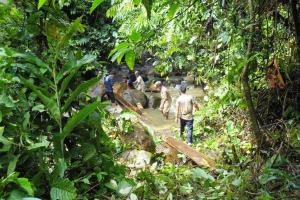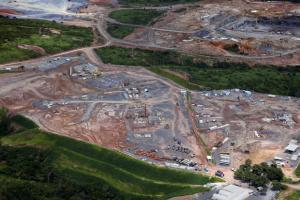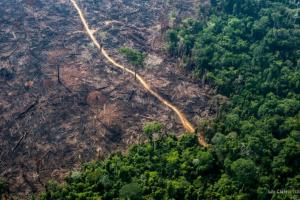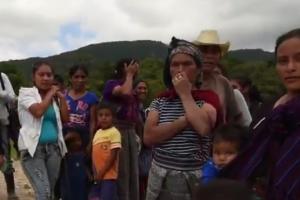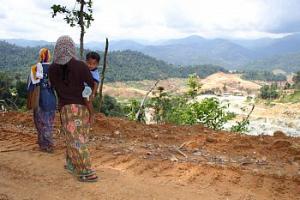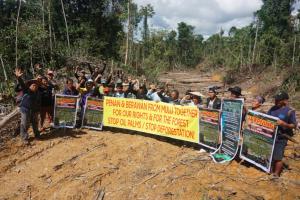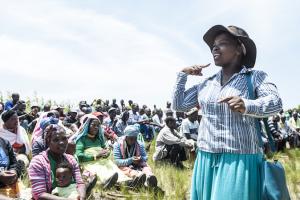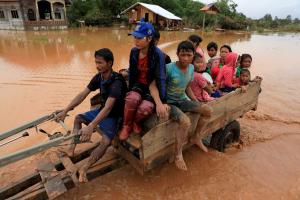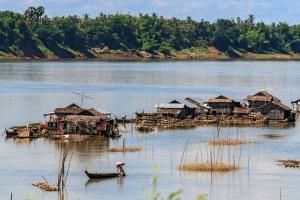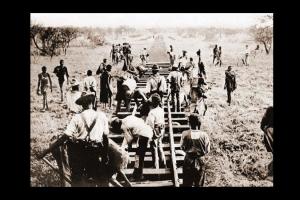Mega Dams and Other Infrastructure
Industrial operations require a vast network of infrastructure: roads, ports, waterways, railways, etc. They cut through forests and communities’ territories in order to transport commodities and minerals to industrial centres. Mega dams, although said to provide “clean energy,” flood forests and generate energy primarily for polluting industries and large urban centres.
As a condition to install its second pulp mill, the company UPM demanded that the Uruguayan state build a new railroad from the site where UPM plans to locate its mill to the port. The government would cover the costs of these infrastructure projects at the service of UPM.
After the cancellation of the Baram mega-dam in 2016, the villagers of Long Liam, who were among the thousands opposing the construction of a mega dam, joined forces to install the very much needed power source in their community.
The fight against the Belo Monte Hydroelectric Dam is still alive; but peoples of the territory have to deal with the denial of their basic rights, the increase in violence in the city and countryside.
Millions of hectares of mostly forested areas in Malaysia have been targeted for developing monoculture plantations –including expanding timber plantations-, however, many of these have not been fully developed yet.
The Southern African Peoples Permanent Tribunal on Transnational Corporations has been an important tool for communities to share their struggles as well as to challenge the status quo by rising up to say NO to corporate power, impunity and a destructive development agenda. (Available in Swahili).
The government of Lao PDR has decided to establish the country as “the battery of Asia” by developing major hydropower dams along the Mekong River. The recent collapse of the Xe Pian -Xe Namnoy dam, however, accentuated once again the many risks of such projects.
In order to better understand peoples' struggles across the southern and eastern regions of Africa, reflecting on its history is crucial. This editorial highlights some parts of this history. And this, of course, is just the tip of the iceberg.

